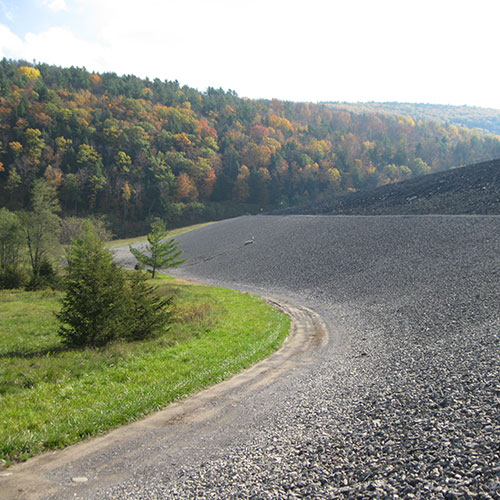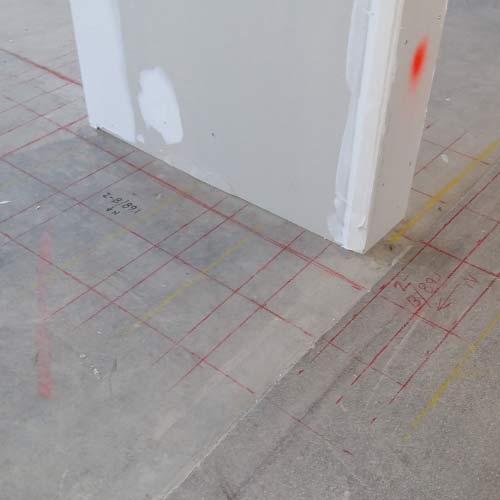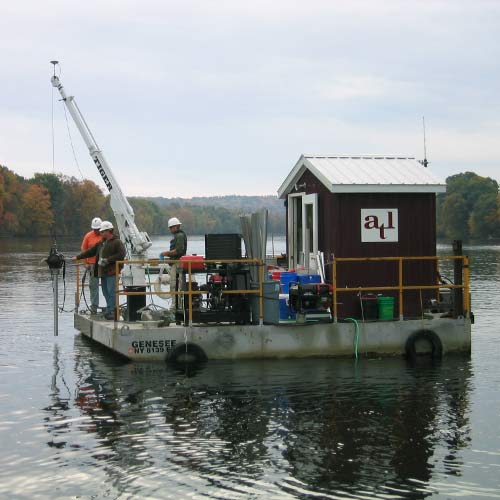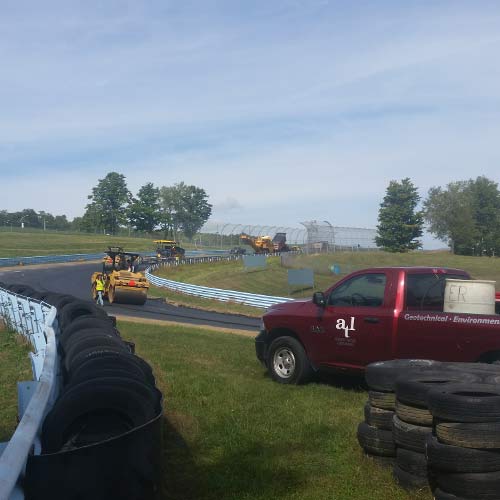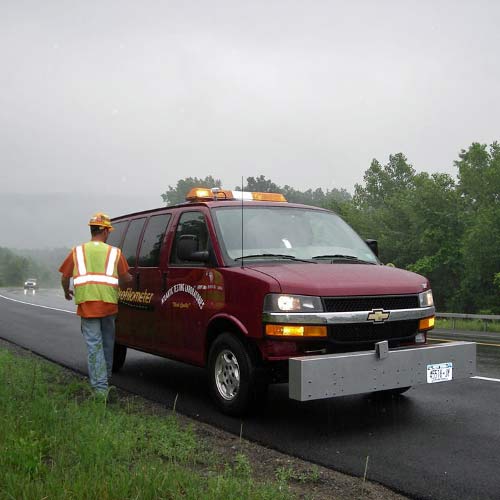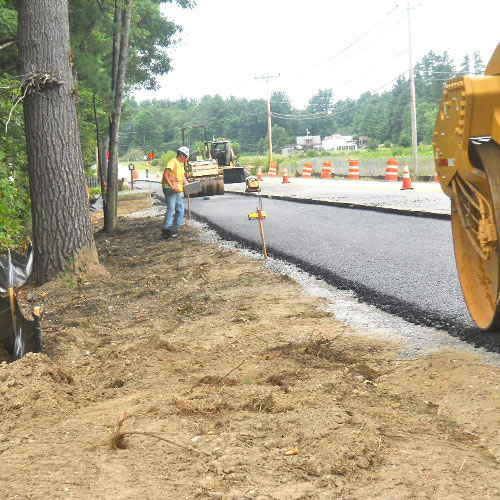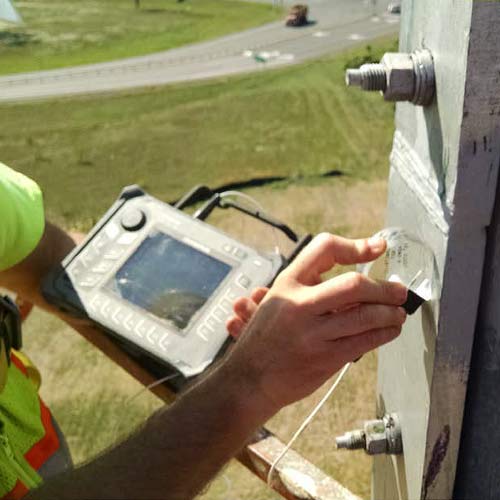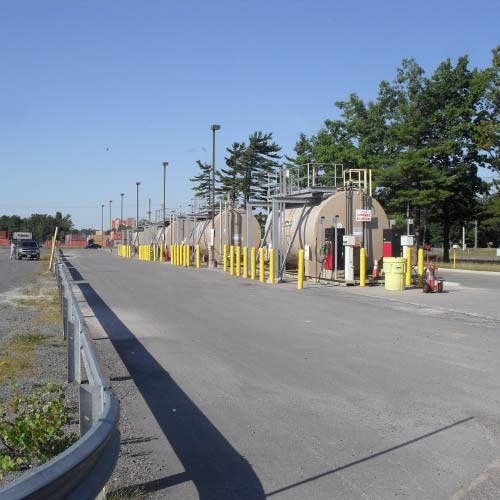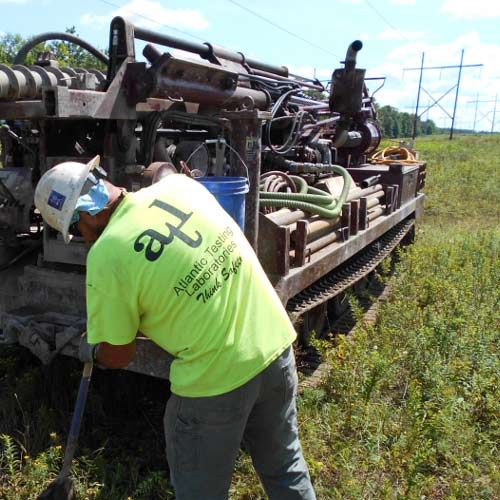Daylight savings time comes to an end on Sunday November 6th, as we push the clocks back an hour. On Sunday, this will be great as we will gain an hour of sleep that day, however with this time change we will see much darker skies during our evening commutes. With the time change we will also need to give our bodies time to adjust, which can increase the risk of drowsiness, which becomes even more dangerous when combined with the hazards of driving in the dark.
Drowsiness can affect any and all drivers, and according to the National Highway Traffic Safety Administration (NHTSA), the first one to two weeks after a time change is when all drivers are at the greatest risk. The NHTSA also states that approximately 800 deaths per year are attributed to drowsiness behind the wheel.
So, what can you do to avoid drowsy driving, not only during the first one to two weeks after a time change, but any other time of year? By simply following the tips below from the NHTSA, you can protect yourself from drowsy driving:
- Get 7-9 hours of sleep a night.
- Be especially careful on high-speed, long or rural highways. People are more likely to fall asleep while driving on those roads, according to the National Sleep Foundation (NSF).
- Know your risk. Men are more likely than women (56 percent to 45 percent) to drive while drowsy.
- Watch other motorists. The NSF estimates that 70 million people are sleep deprived, and 1 in 4 U.S. adults personally know someone who has fallen asleep at the wheel.
- Read the labels on your medications, and make sure they don’t cause drowsiness.
See your doctor to get treated for any health conditions — such as obstructive sleep apnea — that may threaten the quality of your sleep. - If you start to get sleepy while driving, NHTSA recommends pulling over for a short 20-minute nap in a rest area or other well-lit, safe place. This has shown to improve awareness over a short period of time.
- When in doubt, slow down. By reducing your speed and driving cautiously, you help create safer roads for yourself and other motorists, no matter the time.
When in doubt, always play it safe. If you feel like, or think, that you are too tired to drive, odds are that you are. If possible, avoid driving when in that state of mind, either by getting a ride, or staying where you are until you feel up to driving.


